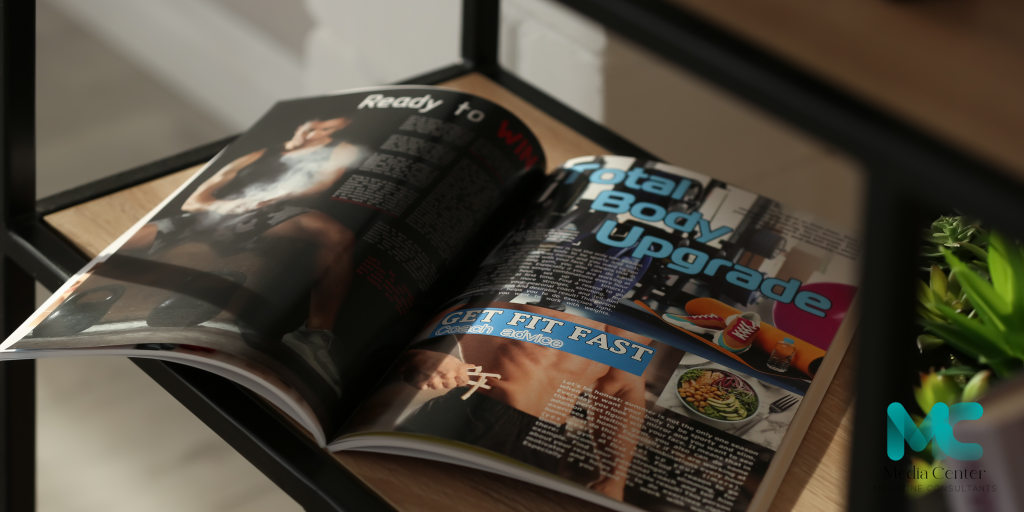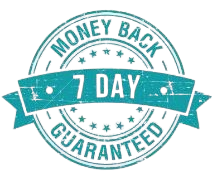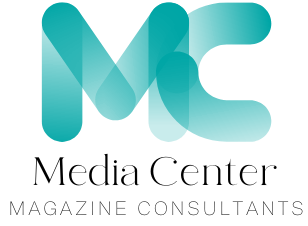How to Start a Magazine
.
.
.
.
.
.
.
Course Curriculum
Editorial:
- Conceptualization and Planning
1.1. Developing a unique magazine concept
1.2. Defining your target audience
1.3. Creating an editorial mission statement
1.4. Establishing an editorial calendar
1.5. Brainstorming article ideas and themes - Content Creation
2.1. Understanding the elements of a strong article
2.2. Developing attention-grabbing headlines
2.3. Crafting compelling leads and introductions
2.4. Structuring articles for readability and engagement
2.5. Mastering the art of storytelling
2.6. Conducting effective interviews
2.7. Incorporating visual elements (images, infographics, etc.)
2.8. Writing captivating conclusions - Editorial Roles and Responsibilities
3.1. Editor-in-Chief: Overseeing the editorial process
3.2. Managing Editor: Coordinating content and production
3.3. Section Editors: Specializing in specific content areas
3.4. Copy Editors: Ensuring accuracy and consistency
3.5. Fact-Checkers: Verifying information and sources
3.6. Proofreaders: Catching errors and typos - Editorial Standards and Ethics
4.1. Maintaining journalistic integrity
4.2. Fact-checking and source verification
4.3. Avoiding conflicts of interest
4.4. Handling corrections and retractions
4.5. Understanding copyright and intellectual property - Editorial Workflow and Process
5.1. Pitching and assigning stories
5.2. Managing deadlines and editorial calendars
5.3. Editing and revising content
5.4. Collaborating with writers and contributors
5.5. Preparing content for production
Publishing:
- Business Planning and Strategy
1.1. Developing a business plan
1.2. Identifying revenue streams (subscriptions, advertising, etc.)
1.3. Creating a budget and financial projections
1.4. Defining your unique selling proposition (USP)
1.5. Analyzing competitors and market trends - Design and Layout
2.1. Establishing a brand identity and visual style guide
2.2. Principles of magazine layout and design
2.3. Choosing the right fonts and typography
2.4. Using grids and templates for consistency
2.5. Designing covers that stand out on newsstands
2.6. Creating engaging feature layouts
2.7. Incorporating photography and illustrations effectively - Production and Printing
3.1. Understanding the printing process
3.2. Choosing the right paper stock and finishes
3.3. Preparing files for print (pre-press)
3.4. Managing color accuracy and consistency
3.5. Proofing and quality control
3.6. Working with printers and suppliers - Distribution and Circulation
4.1. Developing a distribution strategy
4.2. Subscription management and fulfillment
4.3. Newsstand distribution and retailer relationships
4.4. Digital distribution (websites, apps, e-editions)
4.5. Analyzing circulation data and metrics - Marketing and Promotion
5.1. Developing a marketing plan
5.2. Building a strong brand identity
5.3. Leveraging social media for audience engagement
5.4. Implementing email marketing campaigns
5.5. Organizing events and promotions
5.6. Collaborating with influencers and partners
5.7. Measuring marketing effectiveness and ROI - Advertising Sales
6.1. Understanding the advertising landscape
6.2. Developing a media kit and rate card
6.3. Identifying potential advertisers and sponsors
6.4. Building relationships with ad agencies and brands
6.5. Creating compelling ad packages and offerings
6.6. Negotiating and closing deals
6.7. Managing ad inventory and placement - Legal and Financial Considerations
7.1. Understanding media law and regulations
7.2. Securing necessary licenses and permits
7.3. Managing contracts and agreements
7.4. Handling accounting and bookkeeping
7.5. Navigating taxes and financial reporting

Publishing is a grand passion…
It used to be said of editors, writers and publishers that they had “ink in their veins”.
If you are here on this page, you might have an idea for a magazine that you can’t get out of your head. That’s what happened to me and how I started 5 print magazines and one digital magazine. I just couldn’t let go of the possibilities.
When I launched the first magazine, I had the benefit of industry experts I hired to teach me the business. There were no online courses. Journalism schools just focused on writing and publishing theory. While important, theory doesn’t pay the bills and writing is only part of the magazine equation.
In the past 25 years, the publishing industry has changed dramatically. With digital advancements, what used to take days and weeks now takes hours. I’ve seen the business of magazine publishing go through a major upheaval in its traditional business model and everyday practices.
I wish I knew then what I know now. I would have avoided some major pitfalls and been able to anticipate things I didn’t even know existed or that could be threats.
Most magazines are started by large corporations with huge budgets and staffs. My first print issue I did completely on my own. Writing. Editing. Layout. Prepress. Printer negotions. Print run checks at 2 am. Ad sales. I learned everything on an ‘as needed’ basis from the school of hard knocks.
Not being aware of all the minute details of publishing cost me a great deal of money saved from my previous career. But I soldiered through and the publication was wildly successful and after almost 15 years, I sold it to a Fortune 500 company.
I created this course to make would-be magazine entrepreneurs fully aware of all the facets of publishing life and how they impact profitability, readership and the ultimate success of your publication. You will learn what it takes to create a successful magazine publication, whether print or online.
This course will help you distill your editorial concept and guide you through publication. It’s a resource I wish that I had when I started out.
Yours truly,
Mary Semmer
Comprehensive Industry Knowledge
Gain a deep understanding of magazine publishing, from content creation to distribution, equipping you with insider insights to navigate the industry confidently.
Practical Business Skills
Develop essential skills in finance, marketing, and management specific to magazine publishing, enabling you to run a successful publication or advance your career.
Digital Adaptation Expertise
Master strategies for transitioning from print to digital platforms, ensuring your publication remains relevant and competitive in the evolving media landscape.
Legal and Ethical Proficiency
Acquire crucial knowledge of media law, licensing, and ethical considerations, safeguarding your publication from legal issues and maintaining editorial integrity.
Revenue Optimization Techniques
Learn advanced strategies for diversifying revenue streams and maximizing profitability, from advertising sales to subscription models and ancillary products.
Strategic Innovation Mindset
Develop a forward-thinking approach to magazine publishing, learning to identify emerging trends, adapt to market changes, and create innovative content and business models.
Bonus
Get Expert Feedback
EXCLUSIVE BONUS: Personal Business Plan Critique Valued at $500 – Yours FREE with Course Completion!
Take your magazine publishing dreams from concept to reality with our expert guidance. Upon finishing the course and submitting your completed business plan, you’ll receive:
- A comprehensive, personalized critique of your business plan
- Professional insights to refine your strategy
- Tailored suggestions to enhance your plan’s viability and appeal
This one-on-one feedback, typically valued at $500, is your stepping stone from course graduate to industry-ready publisher. Don’t miss this opportunity to have your vision shaped by experienced hands in the publishing world.
Unlock your potential – let’s perfect your path to publishing success!
Frequently Asked Questions
100% Satisfaction Guarantee
Join our How to Start a Magazine course and get reassurance that if the course isn’t what you need, you have 7 days to request your money back with no questions asked. Although our students have loved the course so far, we want to make sure you get value for your money and find the course helpful.

